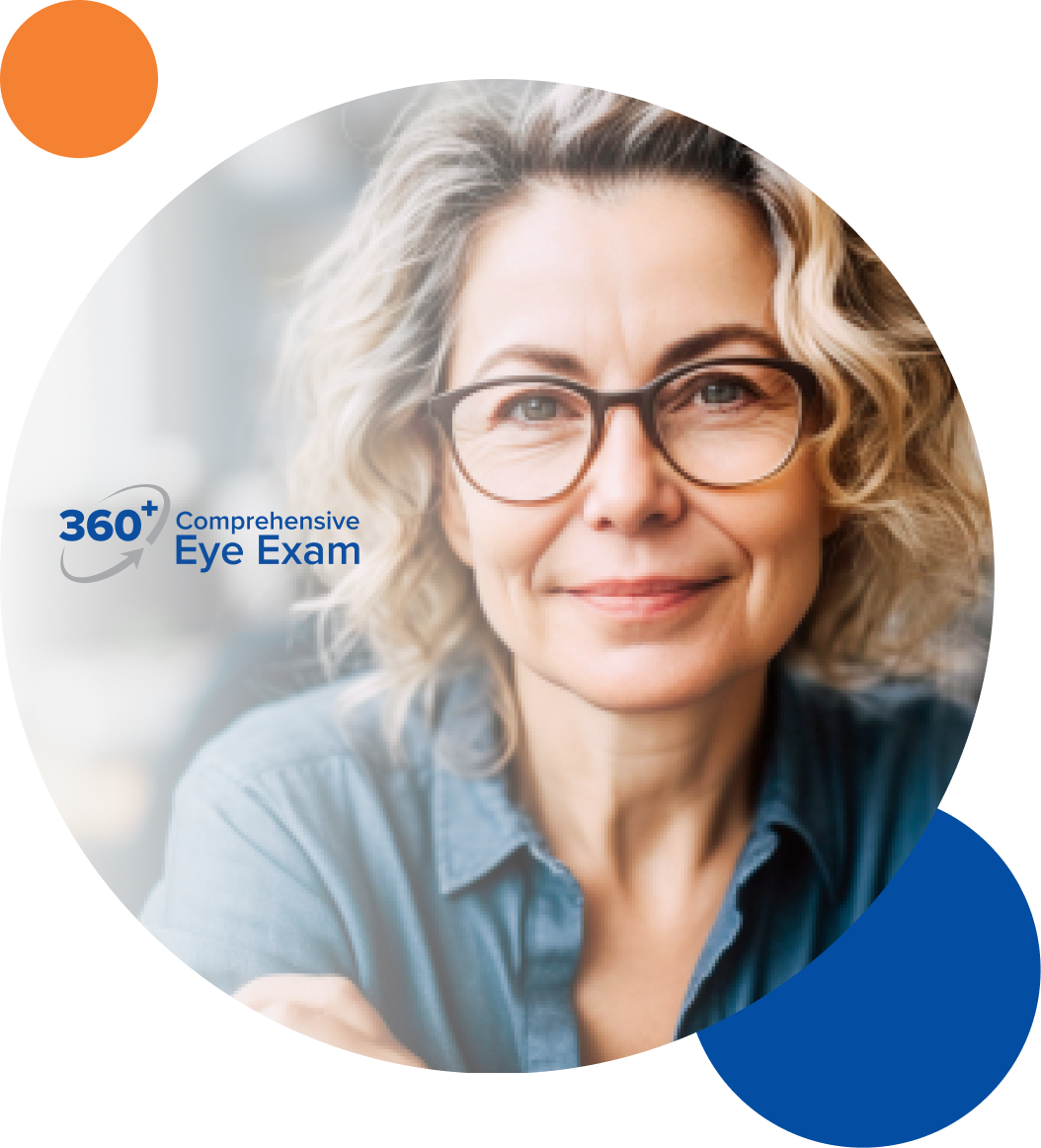Symptoms and Causes
Many eye conditions develop slowly, often without noticeable symptoms, until they have progressed significantly. Regular eye exams are essential for catching early signs before they become serious issues.
Common symptoms that may indicate an eye condition include:
- Blurry vision
- Eye pain or discomfort
- Sensitivity to light
- Sudden vision changes
- Seeing halos or floaters
A variety of factors, including age, genetics, diabetes, high blood pressure, or trauma to the eyes, can cause these symptoms.






